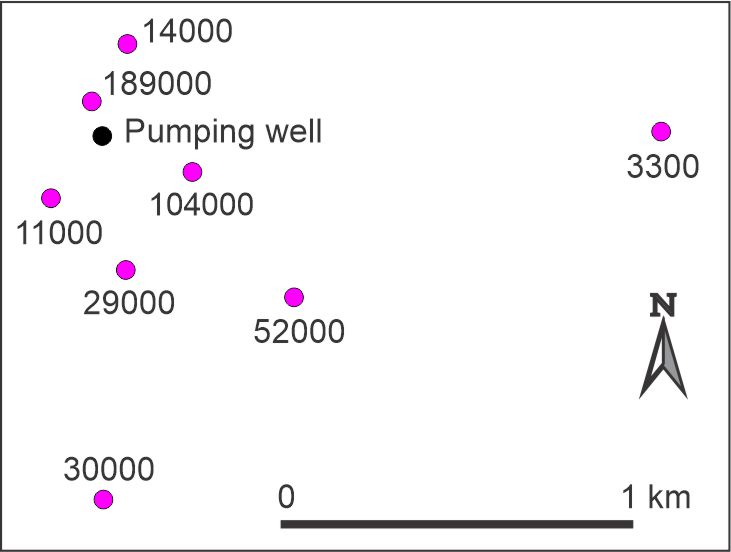
Celerity refers to the speed of a pressure pulse. In aquifers these pulses can be caused by an increase in water level, such as from recharge, or from a decrease in water level, such as when water is pumped from a well. The presence of fracture networks in bedrock aquifers results high celerities, with values of 1,000 m/d to 100,000 m/d being common (see the figure). These high values result in old pre-event water being pushed out of aquifers during major rain events, thereby contributing to the large increases in flow in streams that occurs rapidly following heavy rainfall. Thus groundwater contributes not only to the baseflow of stream hydrographs, but can also provide a substantial fraction of quickflow.